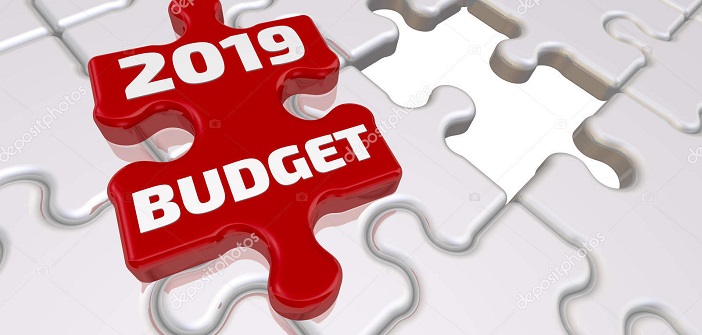After Édouard Philippe’s general policy speech, this Wednesday and Thursday at the Assembly and the Senate, actions must follow words, complicating the task.
This is a delicate exercise in this post-Yellow Vests movement year and must incorporate presidential promises.
Everything will have to be finalized before the 2020 finance bill, the content of which will be unveiled, as every year, at the end of September.
Until then, discussions will be difficult to set ambitious and challenging numerical targets (spending ceilings, levels of savings…) that make the equation seem improbable to solve.
GOAL 1: 2% of GDP in public deficit by the end of 2020
This is the priority of priorities: to maintain the deficit. In its revised stability program in April sent to Brussels, the government now aims for a deficit of 2% by the end of 2020, after 3.1% in 2019 and 2.5% in 2018. The step, which seems high, is not that much in reality. The 2019 balance indeed integrates some 20 billion euros of the CICE moved to a permanent reduction in employer contributions, which is equivalent to 0.9 percentage points of GDP that will disappear de facto next year. Deducted from this temporary weight, the 2019 deficit actually stands at 2.2%, only 0.2 points above the target for next year.
GOAL 2: 5 billion euros reduction in income tax
This is the promise made by Emmanuel Macron following the grand national debate: a 5 billion euro reduction in income tax in 2020 to restore purchasing power to the working middle classes. While we’re beginning to know the implementation methods of this tax relief, its financing remains uncertain. In his general policy speech on Wednesday, the Prime Minister confirmed that the bill would be paid through additional savings, notably by reducing tax and social niches affecting businesses.
GOAL 3: Achieve 1.4% GDP growth
The major balances of the 2020 budget hinge on this small figure: expected growth of 1.4% next year, the same level as hoped for 2019. For now, the government’s – minimalist – forecast seems more or less realistic, as the consensus of economists and institutions, both international and conjunctural, propose similar levels for the two targeted years.
GOAL 4: 0.6 percentage points of structural adjustment
This is the amount of savings generated by structural reforms, which are independent and disconnected from the economic cycle, that France must achieve at the request of the Brussels commission. The level (0.6 percentage points in 2020) is significant, as France has been unable for several years to achieve the target set by the European Commission and has repeatedly postponed the realization of its structural efforts.
GOAL 5: 98.7% public debt ratio by the end of the year
As in 2019, the government will do everything possible to ensure that the public debt ratio does not exceed the symbolic 100% mark by the end of 2020. Logically, it should fall slightly, showing a decrease of 0.2 percentage points over one year, to 98.7 points. However, the government keeps revising its debt forecasts upward every year, with the level initially expected, at the beginning of the term, to drop below 90% by 2022. According to the latest stability program sent in April to Brussels, the target at the end of the mandate is now 96.8%.


